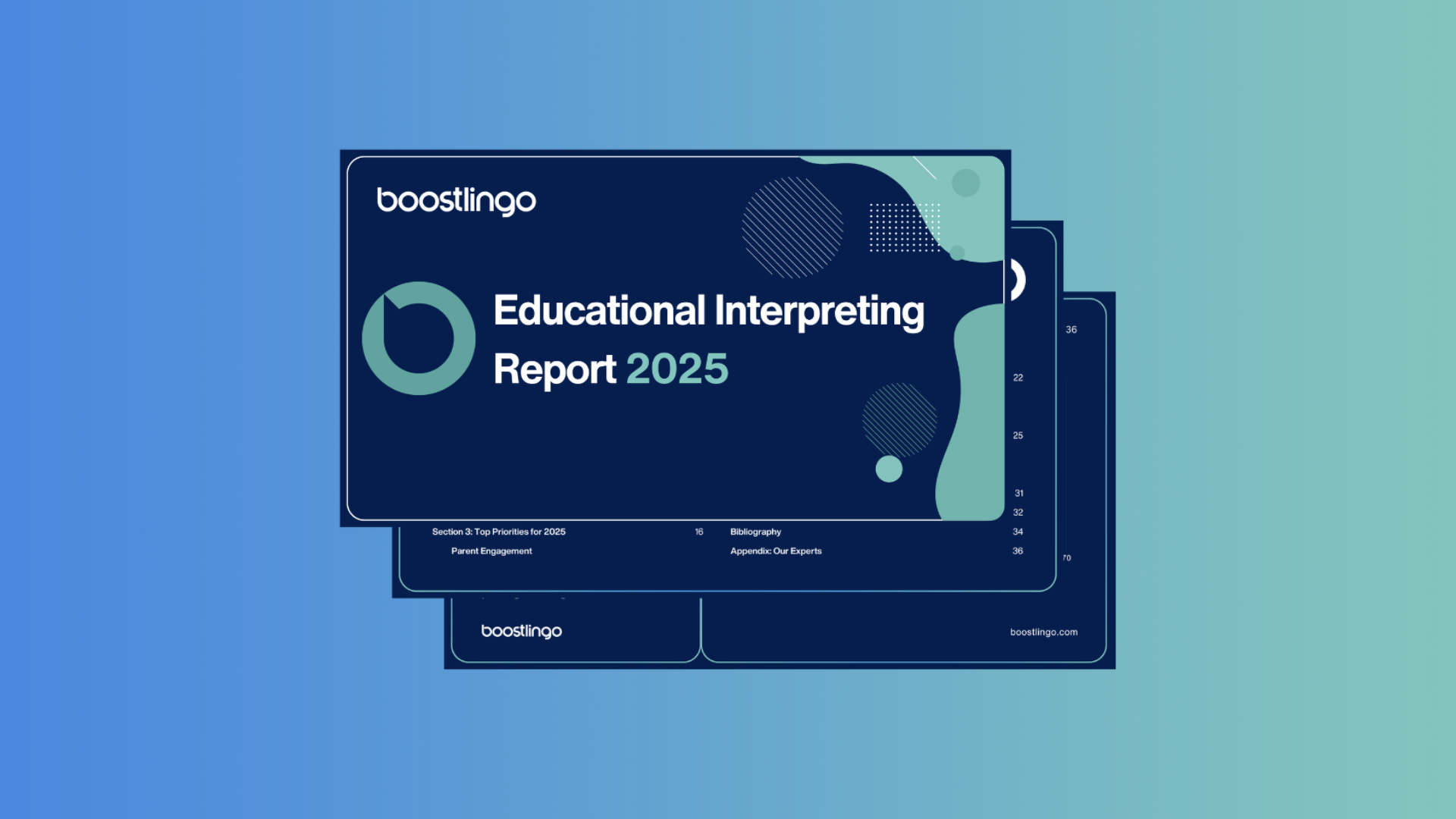In today’s increasingly diverse classrooms, language barriers can pose significant challenges for students and teachers. Communication is essential for a student’s success, and schools must have the necessary tools to support students who speak languages other than English, or who are deaf or hard of hearing.
Often, schools can provide language access by bringing in educational interpreters for languages common to the area. Like Spanish in New Mexico. What happens however when a school system has an influx of families who speak a less-common language, like Korean or Pashto?
We’ve seen firsthand at Las Cruces Public Schools (LCPS) how on-demand remote interpretation can be used to meet the needs of many languages. Las Cruces has also been able to use interpretation in a variety of settings outside of class to help communication between students, parents, and teachers.
In this blog, we’ll take a closer look at three LCPS use cases for interpreting outside of the classroom.
Interpreting for Parent-Teacher Meetings
Parent-teacher meetings are a must for keeping a child’s education on track. However, parents who speak another language may face communication barriers that can stop them from participating fully in these meetings. Understanding the interpretation needs for children versus adults is crucial to effectively supporting students and their families.
Las Cruces Public Schools experienced this firsthand when a recent influx of non-English speaking families came to their community from different parts of the world. Teachers had difficulty fully communicating with parents in languages like Pashto and often had to rely on older siblings or the student to interpret.
It’s important to acknowledge that in this situation children often need to interpret for their parents. Having to do so creates unnecessary stress for the student and can put them in an inappropriate position discussing their education. Instead, using a qualified interpreter can ensure that every parent can participate fully in conversations about their kid without placing a child in the role of interpreter.
At Las Cruces, they have used Boostlingo to provide parents with a remote interpreter. These parents can now fully share their concerns, ask questions, and gain a deeper understanding of their child’s academic progress.
The benefit of using a remote interpreter extends past parent-teacher communication to the students and siblings who no longer have to burden the responsibility of interpreting.
Interpreting for Students During Bus Pickup
For students from a different country who don’t speak the language, bus pickup can be a challenging and scary experience.
“You’re in a new country. You don’t know the language. It’s scary. Everything is new.”
– Kee Ann Kilgore, Las Cruces Public Schools
Kee Ann mentioned that students in this situation would sometimes miss the bus.
Connecting with an interpreter can help to ensure that communication and directions are clear. That way students, staff, and bus drivers are all provided with instructions and can answer any questions or concerns that the student may have.
Las Cruces uses Boostlingo at bus pickup to provide an interpreter for students in this situation. Staff can quickly connect with an interpreter from their mobile devices and can confidently communicate with their students.
Using Boostlingo for Community Programs
Las Cruces Public Schools has also used interpretation in the community. They work with agencies to host programs like ‘Dress the Child’ where a member of the community is paired with a child and shops for them during the holiday season.
Dress the Child was challenging for children who spoke a different language.
Las Cruces was able to give the agency access to use Boostlingo, and through that, the children were able to communicate using an interpreter while they were shopping.
Being able to use an interpreter during Dress the Child led to a greater sense of inclusion and participation, which is essential for welcoming new families into a community.
Conclusion
While educational interpreting is an essential service that can provide effective language access in class, Las Cruces Public Schools has shown us that educational interpreting isn’t limited to just the classroom.
By using Boostlingo, they’ve welcomed families from all over the world into their community. They have facilitated parent-teacher meetings and allowed students to navigate the bus system. During the holidays, they’ve given their community the tools needed to communicate and include their students in the ‘Dress the Child’ program.
Language access and educational interpreting are not just limited to the classroom, and in the case of Las Cruces, we see how language access can create a more inclusive and supportive environment.



